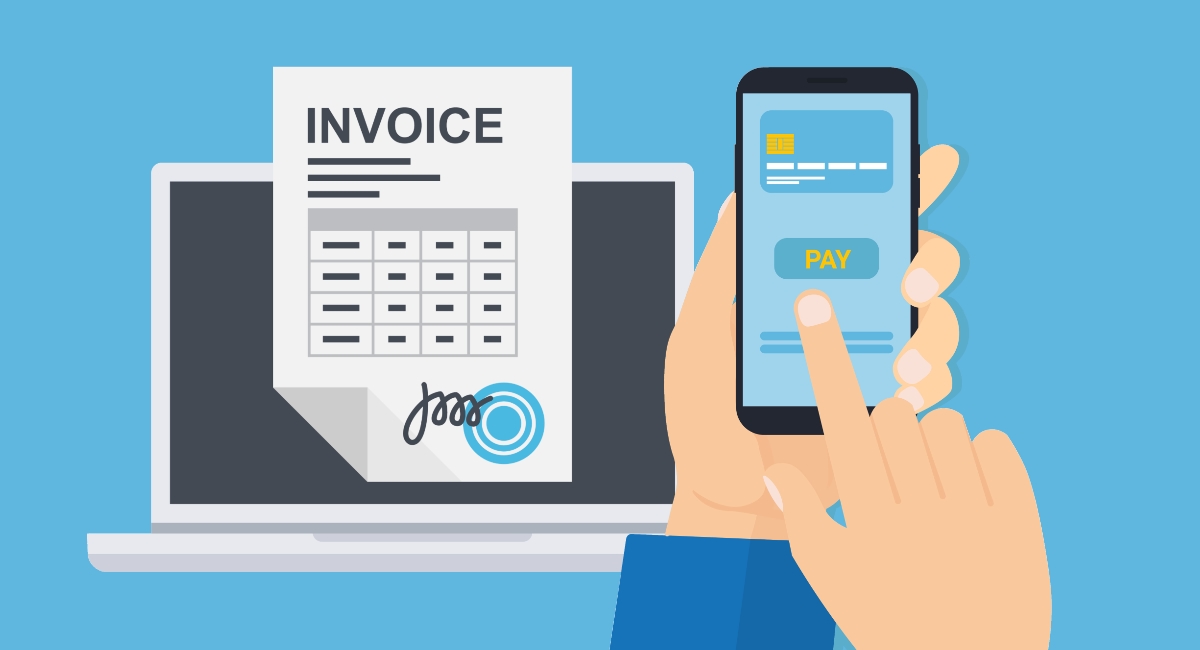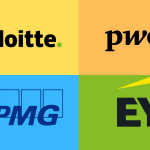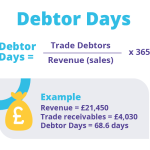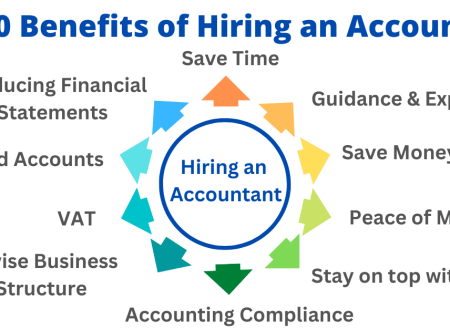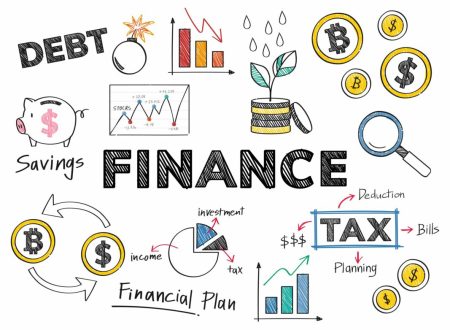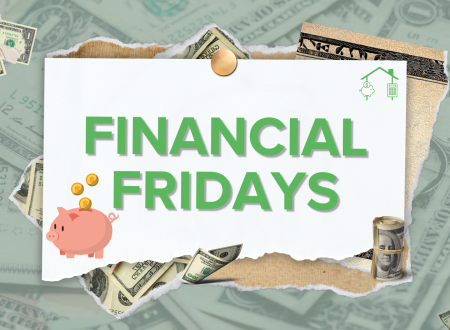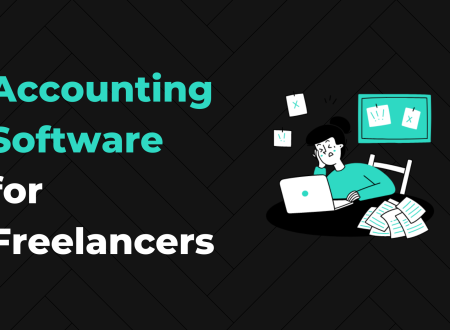Wouldn’t life be simple if you could guarantee that your invoice would get paid on time, every time? Sadly, this isn’t always the reality. With the economy coming out of recession, there is a very clear and present danger that your business invoices may not get paid in a timely fashion. Here are our best tips for getting your invoices paid.
Invoice promptly
The longer you take to invoice someone, the more likely the bill won’t get paid. Of course, no invoice normally means no payment… Do you remember the early days of running your business? When you were amazed that some business owners got lax with their billing? Then, you get busy servicing your customers and clients and the admin slips. Before you know it, you become that business owner who has become slow to invoice.
If you are finding that you are getting behind on your admin, then give us a call. We can take care of your bookkeeping and other financial processes to leave you free to run your business.
No billing surprises
The more unexpected a bill, the more likely it won’t get paid. If a project is going to occur some extra expense or cost, always talk to the client or customer promptly about it. If you just crack on with it and don’t tell the customer about the unexpected cost coming their way, you risk getting into a payment dispute.
Before you bill someone, always make sure that:
- They are aware and expecting the bill
- They have agreed to pay the bill
Make it easy to pay your invoice
This is such a simple one but easily missed. Make sure you are removing any barriers to pay your bill. Such as:
Including a ‘pay now’ button linked to a payment gateway on your invoices. For example, Xero will do this for you with your Stripe account. Some customers may be happy for you to type in their card details over the phone using this option.
If you visit the customer on-site, then have the means to take payment whilst you are on site. E.g. with a card machine. Technology is such that you can easily connect a gadget or download an app to your phone to take card payments. No need for an expensive and bulky card terminal.
Including your bank details on the invoice. (You will be surprised how many businesses and tradespeople don’t do this).
Offer your customers the option to do a bank transfer, set up a direct debit or pay by credit card. If possible, try to avoid offering the option to pay by cheque as getting to the bank can take time.
Set up a Direct Debit or payment mandate for your customers and clients
If you have regular customers, getting a direct debit mandate signed from them is a great way to be more in control of when they pay you. GoCardless is an inexpensive direct debit solution that integrates well with the likes of Xero, Freeagent and Quickbooks.
Ask for payment before you start working for the customer or client
There is no rule saying you can only invoice after you start work for a client. In fact, we will ask for payment upfront for some of our services, such as a client wanting a one-off tax return. If you (or your customers) are not happy with a 100% upfront payment, why not ask for a deposit to get the work started?
Build a relationship with the accounts payable team at your customer
It always helps to be nice to the person at your customer’s business who actually pays your bill. The stronger the relationship you have with them, the more chance your invoice gets paid promptly and without being ‘delayed’. This may not be your direct contact. It could be someone in their finance or accounts payable team. So, who in the customer’s organization is responsible for accounts payable? Can you get their name and contact details to help ‘ease the way for your invoice to be paid’?
Understand your customers’ accounts payable process
Do you need a PO number on your invoice? How does the invoice need to be addressed and who too? What needs to be on the invoice for it to be paid promptly? Who at your customer’s organisation needs to sign off the invoice before it will be paid? Who in the customer’s organisation is responsible for accounts payable? And can you get their name and contact details to help ‘ease the way for your invoice to be paid’?
When a finance department is preserving cash for a business, they will reject an invoice for payment for the smallest reason.
Put in place a process for unpaid invoices
For example, this could include a series of communications when the invoice is issued. Then a call or email the day before the invoice is due to see when it is going to be paid. Then a series of calls or emails a number of days and weeks after the invoice is due to be paid.
Most accounting systems such as Xero and Quickbooks will have a feature for automated reminders for invoices. If you need more than the basic invoice chasing that this software will provide, consider using a more sophisticated credit control tool such as Chaser or Fluidly.
Consider offering a payment plan for customers who have built up a large unpaid debt
Most customers want to pay your bill. But sometimes stuff gets in the way. So consider offering a payment plan. Getting paid over 6 months in instalments is better than not getting paid at all.
Stop work if your invoices don’t get paid
We see this regularly. Where a business owner carries on working for a customer in the hope that the invoices will get paid eventually. The debts pile up and may never get paid. You’ll be surprised how quickly your unpaid invoices may get paid if you stop working for a client, particularly,
Get in touch…
If you’re in need of help with your credit control, budgeting, cash flows, or funding, our team of experts are here to help. Get in touch with our Business Development Manager today on 02039741266 or at thomas@ttaccountancy.com to find out how we can help.

 ?>
?>